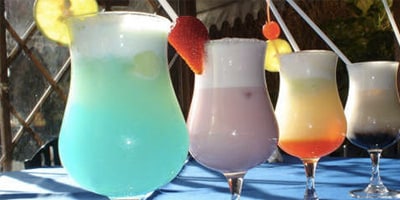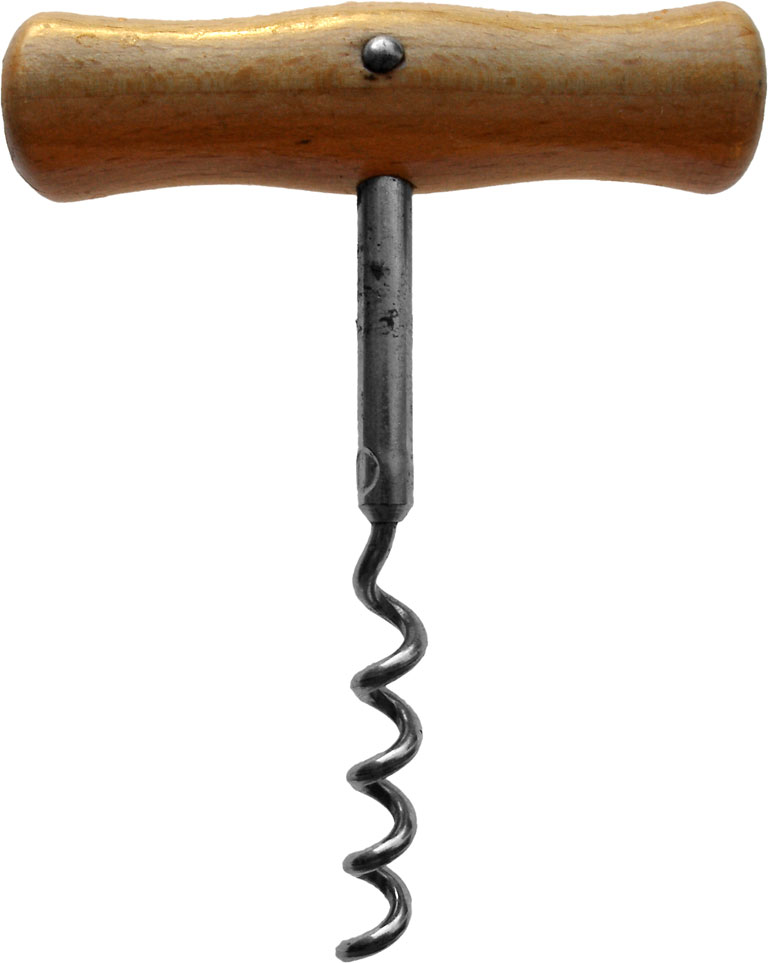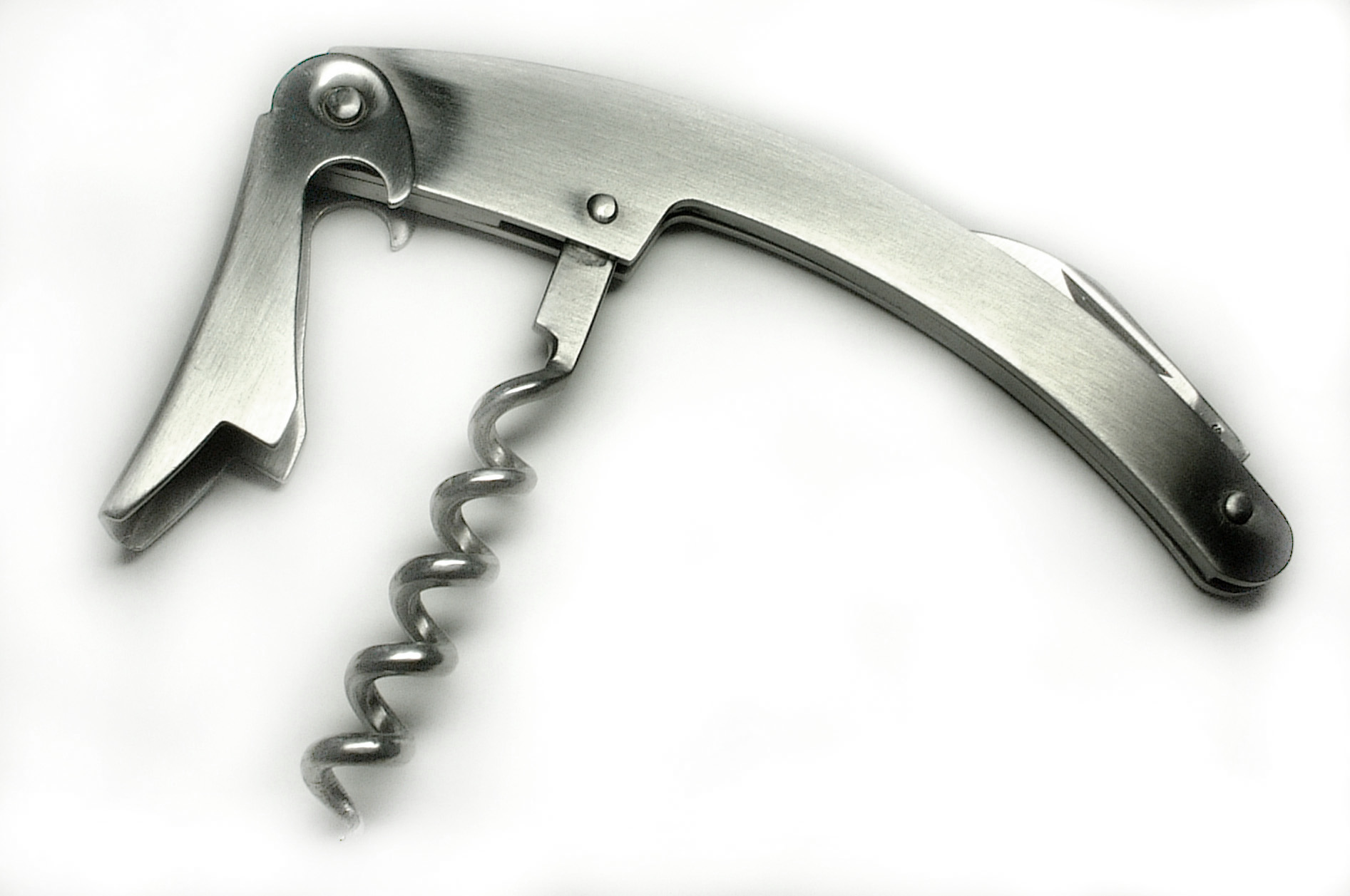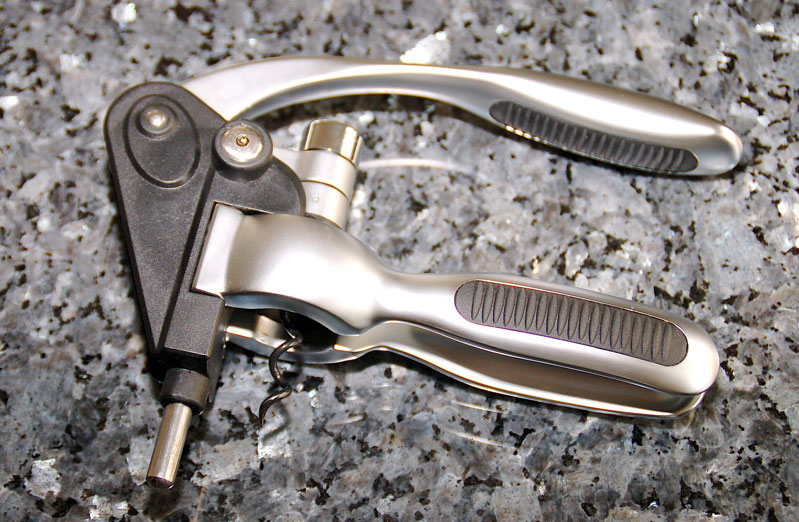Today is one of the great culinary holidays. People spend time with friends and family and shove copious amounts of food down their collective gullets. While that is all fine and good, it is also important to keep in mind what we are all thankful for. This world that we live in is such a dichotomous place filled with both wonderfully beautiful and horrific things. Every time I am ready to write off humanity as a lost cause I see something in the news or via social media that helps restore my faith in it. So I just wanted to remind everyone that while you are enjoying your food and football remember what you are truly grateful of.
I am personally grateful of my family, my friends (many whom I consider extended family), my health, my job and the fact that I can enjoy such things without too much worry. I wish everyone could enjoy these things that most of us often take for granted. I will also say that we should try to be thankful of these things for longer than just the one day we are reminded to do so. It is certainly difficult, but it is something that is worth doing.
Thursday, November 26, 2015
Tuesday, November 10, 2015
Fall Flavors More Than Just Pumpkin Spice
We are right in the thick of the fall and with the season's biggest holiday right around the corner. So I am sure by now everyone has had their fill of pumpkin spice. It began simply enough with the now infamous pumpkin spice latte from Starbucks. But has really gotten out of hand now. I've seen pumpkin spice hand soap for goodness sake! Enough is enough. The really sad thing about it is that fall has so much more to offer than just pumpkin and pumpkin spice. Don't get me wrong, I like a slice of pumpkin pie on Thanksgiving and all, but I just want people to realize there is so much more out there than that.
With the pumpkin dominating the scene now we have forgotten about an important staple of the fall food entourage. I'm talking about the apple. With over 7,500 varieties known to exist the noble apple is as versatile a fruit as they come. They can be eaten raw, cooked, dried or candied. They can be made into jelly, jam, butter, sauce or marmalade. Certain varieties of apples are prefect for pies, cakes, muffins and other desserts. They are also made into beverages such as juice and alcoholic and non alcoholic cider. Although the apple is traditionally in season during the fall, a diversification of sources as well as modern technology have made apples available all year long. So don't overlook the apple this fall. Doing so would be un-American.
Next on my list of fall flavors is mushrooms. Although mushrooms are available all year long, many of the more exotic varieties are at their peak in fall and winter. Mushrooms can be purchased fresh, dried, canned or frozen. They are usually sold whole or sliced. Fresh mushrooms should be cleaned before being consumed as they are grown in dirt. In order to clean mushrooms it is best to rinse them clean and then immediately use them. Mushrooms can be prepared with just about any cooking method. Mushrooms are a perfect addition to a variety of dishes. They go well with meat, poultry, fish, and shellfish.
Another classic fall flavor that has been relegated to the background or is just an afterthought at your Thanksgiving meal is the cranberry. Because of their high acidity, cranberries are rarely eaten raw. They are best when cooked and incorporated into dishes or made into sauces or juices. Cranberries are great for the bakery, often made into muffins, pies and cobblers. Cranberries work well when paired with other fruit that is less tart. Cranberries also work well paired with meat, especially poultry and pork,
Dark leafy greens are also on my list of foods available in the fall. Things like kale, greens are chard are grown in warmer climates during the colder months of the year. These vegetables are great for a variety of different uses and packed with all sorts of nutrients and vitamins. I go into more detail in an article I have written earlier.
Although they are sometimes the stuff of children's culinary nightmares, Brussels sprouts can be quite tasty if prepared the right way. These sprouts are in the peak of their season from September through February. Brussels sprouts, unlike other members of the cabbage family are only eaten cooked. That being said, Brussels sprouts lend themselves well to a myriad of cooking methods, including frying, sauteing, roasted, or even steamed. Brussels sprouts are best when cooked in some kind of fat (especially bacon) and paired with something sweet to counter the their bitterness.
Although these tubers are available all year long, they are best in the fall when the fresh crop comes in. Sweet potatoes (even if they are not really a potato) are great because of their versatility. They work well for both savory and sweet dishes. They can be just another ingredient or be the star of the show. Sweet potatoes can and are cooked exactly like their non sweet counterparts. They can be boiled, baked, fried, steamed or sauteed.
Next on the list is a fruit most people would not have thought about. The pomegranate is one of the world's oldest fruits. Its peak season is from October to January so it is important to take advantage while they are available. If it is not the seed of the pomegranate that is being eaten, then it is the juice of the fruit. The seeds are usually eaten raw are are a way to add color and sweetness to everything from salads, soups, sauces, fruit, vegetables, cheeses, poultry, to fish and seafood.
We have our neighbors to the north to thank for our next fall flavor. Maple syrup is basically just the sap of certain species of maple trees that has been reduced down and purified. The sap is collected at the end of winter, between January and April, when the days are warm enough to melt snow, but the nights are cold enough to keep the trees from budding. Maple syrup's most iconic use is over pancakes. However it can be used as a replacement sweetener for sugar or as a flavoring. Maple syrup's uses are not limited to only desserts and other sweet applications. Maple syrup can be an additive or flavoring for certain savory dishes and it pairs well with pork and poultry.
While pumpkin receives the majority of the attention this season it is important to not forget that there are other gorgeous gourds out there worthy of our attention. Collectively known as winter squashes, this group includes butternut, acorn, kabocha, delicata as well as other varieties. Winter squash hit the markets around late September and stick around through early March, although they are at their prime during fall and winter. Winter squash needs to cooked before being eaten and has tough outer skins that are inedible. Winter squash can be roasted, sauteed, steamed, or boiled. Squashes are excellent for making soup. Another squash I want to include is the spaghetti squash. It is technically not a winter squash, but it is in season during the fall and winter. Spaghetti squash gets its name from the fact that its flesh can be separated into spaghetti like strands after it is cooked. Spaghetti squash is best baked until tender. The separated flesh can than be seasoned and served as is, or it can be further cooked by sauteing it.
I would be remiss if I did not at least bring up spices. I know the general premise of this post is about not falling into the trap of believing that fall is all bout pumpkin spice. But that does not mean we can abandon all the spices from fall. Most of our favorite foods would "fall" flat without them. So indeed, fall is much more than pumpkin spice which is really just a combination of nutmeg, cinnamon, allspice, cloves and ginger in a 2:1:1:1:1 ratio. These spices can be cast into such larger roles. They should not just be pigeon holed into being only for pumpkin pies or pumpkin flavored foods. Spices seem like such a generic fall flavor, but spiced drinks and foods are comforting and warming. And sugar doesn’t always have to accompany the spice. These spices work just as well with savory sides and main dishes. So just because you are over the whole pumpkin spice trend, don't give up in these spices altogether.
\
There are so many more fall flavors that I could write about. In fact I am sure there are entire books and cookbooks dedicated to the subject. The point of this post was just to get people to realize that fall has such a great potential for delicious food when you get past the pumpkin spice and especially when you start combining some of these fabulous fall flavors!
Labels:
apple,
cooking,
cranberries,
fall,
flavor,
greens,
maple,
mushroom,
pomegranate,
pumpkin,
season,
spices,
squash,
sweet potato
Wednesday, July 29, 2015
Sweet & Spicy Summer Slushy
We right smack in the middle of summer and in case you have not noticed or been away at Antarctica, IT IS HOT! One of my favorite ways to cool off and have a delicious and healthy snack is to make myself a sweet and spicy slushy. What I love about this recipe is that it is highly customizable. If you don't like any aspect of it (such as the fruit used, or the spicy seasoning) you can omit or change it! Here are some of the things you will need:
FRUIT!! Pretty much any fruit you enjoy can work for this. You can mix and match as you like. For this version I used fresh peaches, blueberries and strawberries. Another popular mix I like to use is oranges, pineapple and mango. If you don't want to bother with fresh fruit or it is not in season you can always use frozen fruit.
You will also need to use some kind of liquid to help make your slushy, well, slushy. I like to use juice that compliments the fruit. In this case I used a blueberry pomegranate acia. If juice is unavailable, plain water is always an option. Just keep in mind it will not add an extra flavor.
For the seasoning I love to use just a bit of sweetener (I use Splenda to avoid added sugar) and a combination of the salty spicy condiments called chamoy and Tajin. These last two are completely optional if those flavors are not your thing. The sweetener helps bring out the flavor of the fruit.
As far as hardware goes, you will need a blender, a long spoon, and several glasses to pour your slushy into.
So, to review, here is what you need to make your slushy:
approx, 2 cups of fruit fresh or frozen.
1- 1 1/2 cups of liquid
1-2 tbsp sweetener
1-2 tbsp each of Tajin and chamoy
1-1 1/2 cups of ice
These ratios are not set in stone. You can play around with them to your own personal tastes. If you want a sweeter slushy, then add more sweetener. If the idea of adding the Tajin or chamoy does not suit your tastes, then you can leave it out. The point of this is to find your slushy flavor profile. These are just guidelines.
The first step to make your slushy is to put your fruit in the blender. I like to add it first because it it soft and will blend well at the bottom vs the hard frozen ice. If you are using frozen fruit, I would use less ice and perhaps a little more liquid. It is also a good idea to cut the larger fruit into smaller pieces as they will blend better.
Next add your sweetener as well as the Tajin and chamoy.
After that add the liquid as well as the ice.
Now just blend away!
Make sure to check the consistency of your slushy. The long spoon serves this purpose as well as giving you a way to taste test your concoction. If the slushy is too stiff and hard add more liquid. If it is too loose, add more ice.
The last step is my favorite. After you have gotten your slushy how you want it, serve and enjoy!
Lastly I will leave you with some suggestions for variations on this simple treat. My personal favorite is using the Dole frozen tropical fruit blend with orange juice as my liquid. Berry blends also work really well together. Lastly, I have found that for the more adult readers out there, this is a great way to make a delicious frozen sangria. Just use your favorite bottled sangria with maybe a little bit of orange juice and whatever fruit you would normally enjoy with said sangria. Give it a whirl in the blender and there you go!
Friday, July 3, 2015
July Fourth: What Would George Washington Eat?
Tomorrow people around the country will celebrating the anniversary of the USA's birth as a country. In today's culinary tradition many of these good folks will fire up their grills and cook up the grilling season's standards such as burgers or hot dogs. For the more "adventurous" types some chicken or even sausages might find their way onto the grill. I myself will be cooking up some tasty fajitas. But have you ever stopped to consider what food was consumed during the pre-colonial and post independence United States? The stuff they ate was very different than the out door feasts we have now.
Food back then was quite varied. Just like now region played a part in what you were eating. However, there were some common threads throughout the colonies and subsequent young country. To start off with meat was used to supplement meals than as a main feature. Meat was either expensive or had to be hunted. Large cuts of meat in were usually reserved for special occasions and large parties. Some of the most common meats came from wild game such as venison or other small woodland creatures. One affect of the revolutionary war was that cattle raising had begun on a small scale during the French-Indian War, but when the American Revolution came, farmers were able to increase their cattle holdings and increase the presence of beef in the American diet. Turkey was a plentiful and popular mainstay in colonial America. It was a free and easy source of food for the colonials since they roamed wild in the forests. It was so beloved by Benjamin Franklin that he wanted to make it a national symbol!
Seafood was another popular source of protein. Given the access to bodies of water, both fresh and saltwater, it is easy to see how seafood of all types was enjoyed. One of the most popular items was oysters. They were so plentiful that some streets were paved in oyster shells. Martha Washington's cookbook included multiple recipes for oysters. Trout and salmon were other mainstays of the colonial culinary palate. Fish was abundant and could be obtained from the rivers and oceans found in the country. Fishing in areas used for salt water fishing became dangerous during the war. That coupled with the fact that many of the boats used to fish were put towards the war effort caused these areas to be unused. Before the war, there was often talk about the excess of lobsters and cod off the shores of New England. However after the war most fishermen found that they had migrated away from these areas. Even with all these problems seafood stayed as a staple of the new United States' diet.
Farming in the colonies varied by region. The middle colonies were known as the breadbasket colonies since they grew mainly grains such as wheat, barley, oats, rye, and corn. They also raised crops such as pumpkins, squash, and beans. In the south they developed large plantations exporting corn, vegetables, grains, fruit, and livestock to the other colonies for food. The northern colonies produced number of vegetables were grown in the northern colonies, including turnips, onions, cabbage, carrots, and parsnips, along with pulses and legumes. These vegetables stored well through the colder months. Farming in New England for crops like wheat was impractical due to the poor soil. One of the most popular vegetables grown was green beans since it was also one of the easiest and sturdiest to grow. Thomas Jefferson mentions growing them several times in his "Garden Book". What is curious is that even with all these crops, colonial Americans did not enjoy eating raw veggies. They preferred them boiled.
Fruits were also common amongst the colonials. Especially popular were apples and cherries. Apples were plentiful and grew in most regions. Both George Washington and Thomas Jefferson cultivated cherry tree orchards. Fruits were grown seasonally so in order to eat these fruits out of season they were preserved as jams, sweetmeats, or just dried.
Desserts were an important part of any colonial meal. They gave an extra bit of calories in the form of sugar and fat. One popular dessert was fruit pies. Not only were pies a dessert, but they also were a manner of preserving fruits. Another common dessert was the pound cake. Nearly every cookbook in colonial America had a recipe for pound cake. It was a simple and long-lasting cake, which made it a great option for dessert.
As far as drink options went in colonial America, there were quite a few. The one thing missing was plain water as it was often times considered unsafe to drink. Instead colonial Americans enjoyed things such as coffee, tea, rum, whiskey, cider and beer. Hard apple cider was the most readily available and cheapest option. It was easier to make than anything else and was often produced locally. A farmer could even produce it for his own consumption. Beer, however, was also quite popular. Beer was such an important consumable to Americans that they would closely watch the stocks of barley held by farmers to ensure quality beer production. John Adams in letters to his wife Abigail asks about the barley crops to ensure enough for the production of beer. Even George Washington was known to brew his own beer. Hops, essential to production of beer, did not grow well in the colonies. It only grew wild in the New World, and needed to be imported from England and elsewhere. Even children drank small beer.
There you have it. A small sampling of what may have been eaten during that very first Fourth of July! Its a far cry from the backyard cuisine of today. Maybe next year I will have roasted turkey with boiled green beans, a nice pint of beer and a slice of cherry pie. On second thought, maybe not!
Tuesday, May 5, 2015
What is Cinco de Mayo really?
So today is May fifth... So what? To a lot of people it is an excuse to have a good time, throw a "fiesta" and imbibe some margaritas. However I am willing to bet that most people don't know, don't care, or are misinformed about significance of this day. It is NOT Mexico's independence day. That falls on September 16th. Cinco de Mayo (known as El Día de la Batalla de Puebla in Mexico) is the celebration of the Mexican army unlikely victory over the army of France in the Battle of Puebla. The funny thing about this holiday is that it is not really a major holiday in Mexico. It is really just a regional holiday celebrated primarily in the state of Puebla. You are probably asking yourself why is this history lesson in a food blog. Well, I figured that since Cinco de Mayo is really about Puebla, why don't we get to know some of the wonderful cuisine from this great state in Mexico.
The most famous dish coming out of the state of Puebla is mole Poblano. As I have discussed in a previous entry, there is a wide variety of mole sauces in Mexico. However, mole Poblano is the one that is most distinguished and well known. It is the prototypical mole sauce everyone imagines when thinking of mole. This mole typically has a rust red to dark brown color with well over twenty ingredients including several types of peppers, peanuts and most notably chocolate.
Another typical dish of Puebla is the Chiles en Nogada. This dish consists of a poplano pepper stuffed with meat (picadillo) much like a typical chile relleno. However, instead of being topped with tomato sauce after being battered and fried, the stuffed poblano is topped with a white walnut sauce and pomegranate seeds. The green chile, white sauce, and red seeds give reference to the colors of the Mexican flag. Even though Chiles en Nogada was born in Puebla this dish has been adopted as a source of national pride.
Mexico is filled with small dishes called antojitos. Puebla is most well know for its chalupas and molotes. A chalupa is made by pressing a thin layer of masa dough around the outside of a small mold, in the process creating a concave container resembling the boat of the same name. They are then deep fried to produce crisp, shallow cup which is then filled with a variety of ingredients.
Molotes are small masa based stuffed antojitos slightly resembling a small empanada. Molotes are filled with basic ingredients such as meat or potatoes to more exotic ingredients such as corn fungus or squash flowers.
Puebla is also well known for its sweets. The most well know candy coming from Puebla is the Camote Poblano or sweet potato candy. These candies are made with pureed sweet potatoes mixed with sugar and a variety of flavorings. They are hand-rolled and wrapped in wax paper. Dulces de camote also date back to the colonial period in Puebla.
Another great candy is know as jamoncillo. This candy comes in different varieties depending on what part of the country you are in. However in Puebla the jamoncillo is referred to a candy made with pumpkin seed paste and usually comes in a bar form with a red stripe.
And what would a good Cinco de Mayo celebration be without libations? Puebla has some great offerings in that department at well. First off is the classic nevado which is most like a margarita. A nevado is frozen cocktail comprised of fruit juice and a little liquor.
Another drink native to Puebla would be the acachul. This drink is derived by fermenting local wild chapulin cherries.
So now that you know a little more about the history of Cinco de Mayo, do yourself a favor. Instead of just eating the typical fare of guacamole, enchiladas and margaritas, go and find some excellent cuisine from the state of Puebla!
Sunday, April 26, 2015
Wine Bottle Opening: A How To
Wine is good. A lot of people enjoy wine. But how many know how to properly open a bottle? This thought occurred to me while I was attending a function hosted by a friend of a friend. During this great social event we sampled a great many wines from different countries. As more and more bottles were opened it became very apparent that our gracious host had no idea how to properly open a bottle of wine. Not wanting to be rude I kept my mouth shut and at the end of the day the bottles were opened and we were able to enjoy the wine. But I was still amazed at the lack of this simple knowledge.
Before we get into the nuts and bolts of how we have to review hardware. Nowadays there is a multiplicity of options to get your bottle open. The basic corkscrew is just a piece of metal twisted in a helix fashion (known as the worm) fixed to a handle.
Next we have the wing corkscrew. It is also known as the butterfly or angel corkscrew. The name is due to the dual levers that resemble a pair of wings.
A more complicated wine opening apparatus is known as the sommelier knife, waiter's friend, or wine key. This corkscrew resembles a small pocket knife with the worm being folded into the handle when not in use. The wine key also has a metal arm that folds to cover the worm and serves as a lever when opening the bottle.
The last device I will be discussing is a lever or rabbit corkscrew. This device uses a pair of handles which are used to grip the neck of the bottle, and a lever which is simply pressed down to twist the screw into the cork, then lifted to extract the cork.
First lets take a brief look at the anatomy of a bottle. The bottle consists of a neck, shoulder, body, and the heel or punt. The parts we are concerned with are from the neck up. The neck is narrower than the rest of the bottle so it may hold the stopper, often known as a cork due to cork being the primary material used to make the stopper in the past. The opening is also called the finish and often has a slightly wider ring known as the collar. The collar is an important part to opening a bottle of wine.
The first step to opening a bottle of wine, no matter which device you use is to remove the foil covering the neck. More specifically it is only necessary to remove the part covering the finish, or just from the collar up. Completely removing this foil allows the wine to flow easily from the finish of your bottle. The best way to remove the foil is to simply use a run a small knife around the bottle at the tip of the collar. This will score the foil so that it may be peeled off. A wine key more often than not has a small blade attached to it for this purpose.
 |
| This model has two small teeth imbedded in the body. |
Once the foil has been removed it is time to extract the stopper. The basic corkscrew requires that the user grips the handle and screws the metal point into the stopper then use brute strength to pull out the stopper. The wing corkscrew facilitates this by using a mechanical means to remove the stopper. As a person screws the worm into the stopper, the levers, or wings, lift up due to the dual gears. Once the worm is fully inserted the user simply needs to pull down the levers and the stopper will lift out of the bottle. The gadget that is probably the easiest, fastest, but also the most cumbersome and expensive is the lever corkscrew. To use this device a person simply need to place the worm over the stopper, lower the lever and then lift. The corkscrew does the rest.
The device that requires the most skill to use, but which I consider to be the most elegant, is the wine key. It is a nuanced mechanism that combines form and function. It is small enough that it can be carried in a pocket. That is why is also known as a waiter's friend, since waiters will carry one on their person with ease. Its design is simple enough that it can be made inexpensively. The "key" is knowing how to use one. The truth is that it is really not that hard once you know what you are doing.
After the foil has been removed the first step is to open the key so that it resembles a basic corkscrew.
Next screw the worm into the stopper until it is firmly embedded in the stopper.
This is where a great many people go wrong. Once the helix is in there, most people would just pull on the wine key as if it were just a basic corkscrew. Buy doing this they are eliminating the advantages of the wine key. No, the next step is to tilt the body of the wine key so that the metal tab lines up with the collar of the bottle. If the bottle happens to lack a collar, it might be possible to align the tab with the opening.
Now use the metal tab as a lever to pull up the stopper. This is done by lifting on the opposite side of the wine key. If necessary use both hands: one to apply the levering action and the other to hold the metal tab in place.
The cork should clear the opening, but if it does not it should be far enough out of the bottle that it can easily be pulled out the rest of the way.
Now that you have your bottle open the next step, which is the easiest, is to simply enjoy your libations!
Subscribe to:
Posts (Atom)



































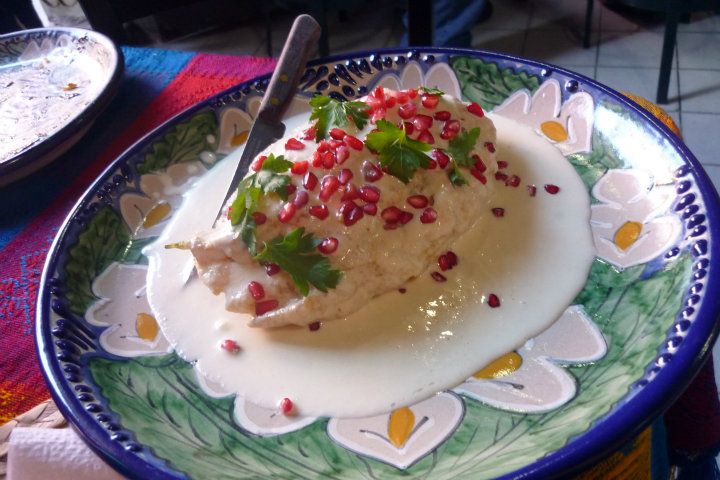
.jpg)



